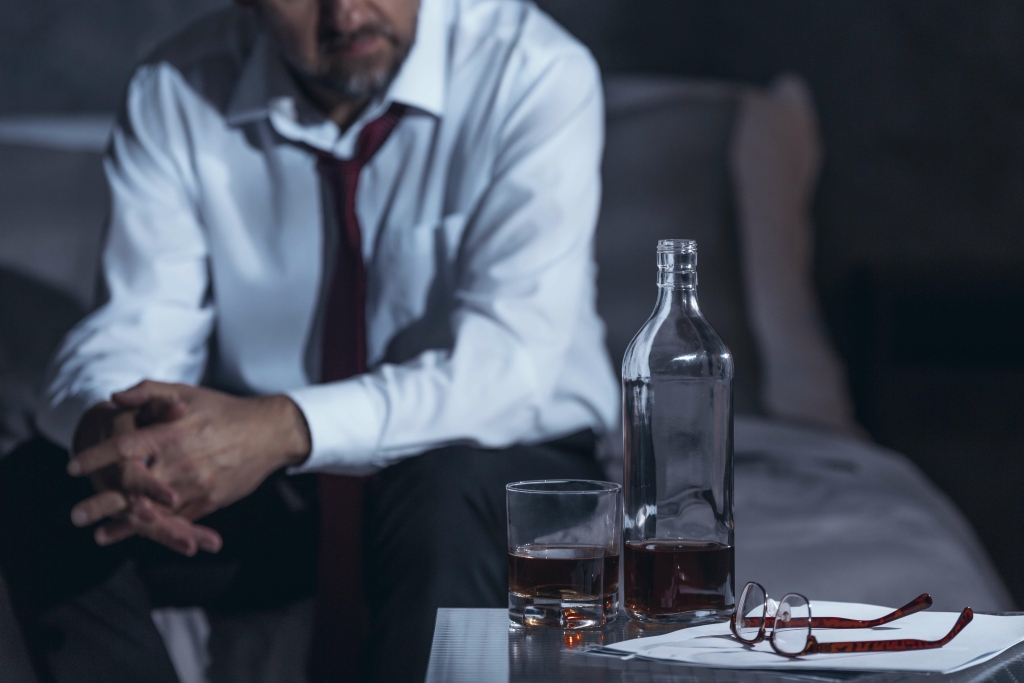Content
Driving under the influence can have harmful and even fatal ramifications. The driver may also have to complete court-ordered rehab to try to prevent this from occurring again. This is a beneficial program that works with offenders to help them with addiction and dependency issues. Though helpful, this still is a time commitment that can take away from work and family commitments.

Getting behind the wheel when you have been drinking or getting into the car with a driver who has been drinking is dangerous even when you are of the legal drinking age. Although alcohol-related fatalities account for nearly 30 percent of all traffic fatalities in Pennsylvania, impaired driving enforcement covers more than just alcohol impairment. Law enforcement also works to identify motorists impaired by drugs and prescription medication, or some combination of these.
Penalties for alcohol or drug-related violations
A person with a BAC this low will also have a declined ability to perform multiple tasks at the same time, a skill often needed while driving. Not only will you have slower reflexes, but being under the influence of alcohol will also affect motor skills such as your hand, eye, and foot coordination. These coordination skills are incredibly crucial for being able to safely drive a car, and if they are impaired, you will be putting yourself and others in danger.
If alcohol was detected in their system, the accident is likely going to be classified as drinking and driving. Drivers with a blood alcohol concentration (BAC) of 0.10 percent or higher are seven times more likely to be involved in a fatal motor vehicle accident than a driver who is sober. A driver with a BAC of 0.15 percent or higher raise their risk to a staggering 25 times more likely. And while these statistics show the inherent danger of driving well beyond the legal drinking limit, even being at, or below, this set limit does not mean you are in the clear. National surveys also reveal that males and people ages 21 to 45 are the most likely to drive after drinking.
Buzzed Driving Is Drunk Driving
A person’s BAC is determined by his or her drinking rate and by the body’s absorption, distribution, and metabolism of the alcohol. What follows is a brief description of how these processes affect BAC measurement and the consequences of BACs for driving. Many states require offenders to install ignition interlock devices at the driver’s own expense. An ignition sober house interlock device is a breath test device connected to a vehicle’s ignition. The vehicle cannot be operated unless the driver blows into the interlock and has a BAC below a pre-set low limit, usually .02 g/dL. NHTSA strongly supports the expansion of ignition interlocks as a proven technology that keeps drunk drivers from getting behind the wheel.
